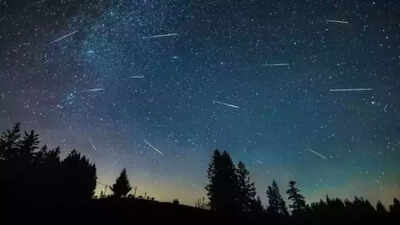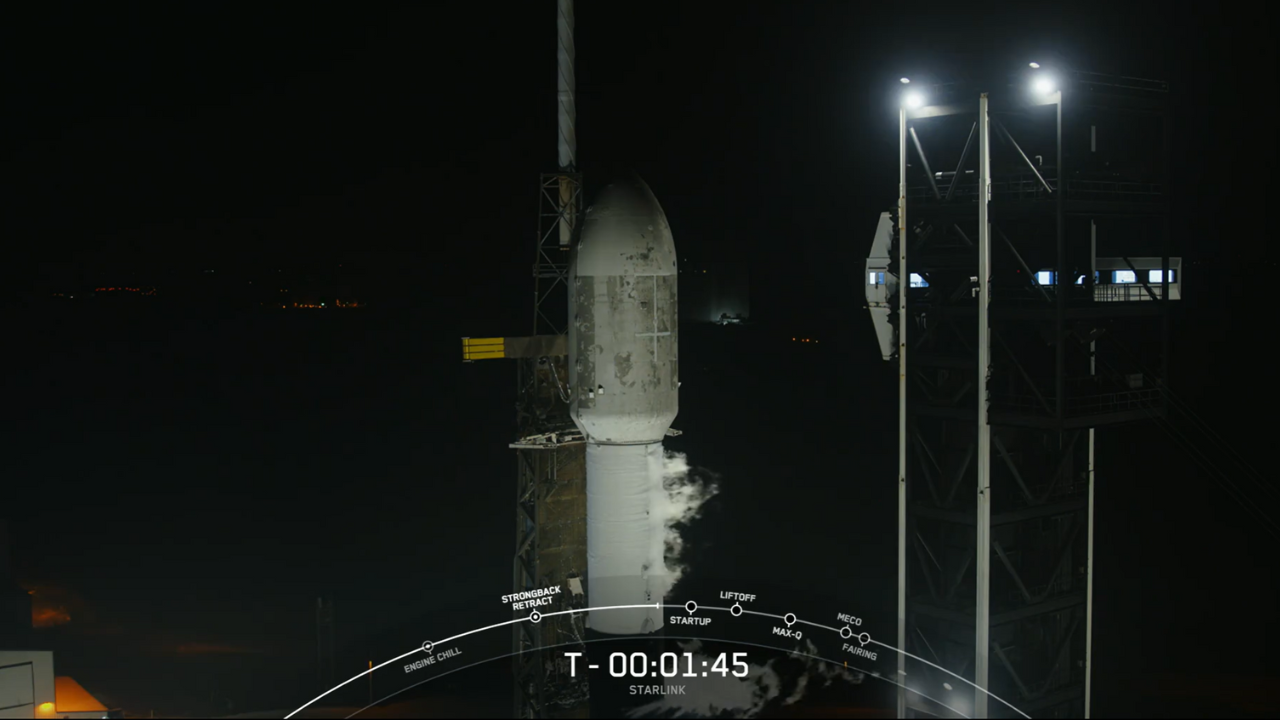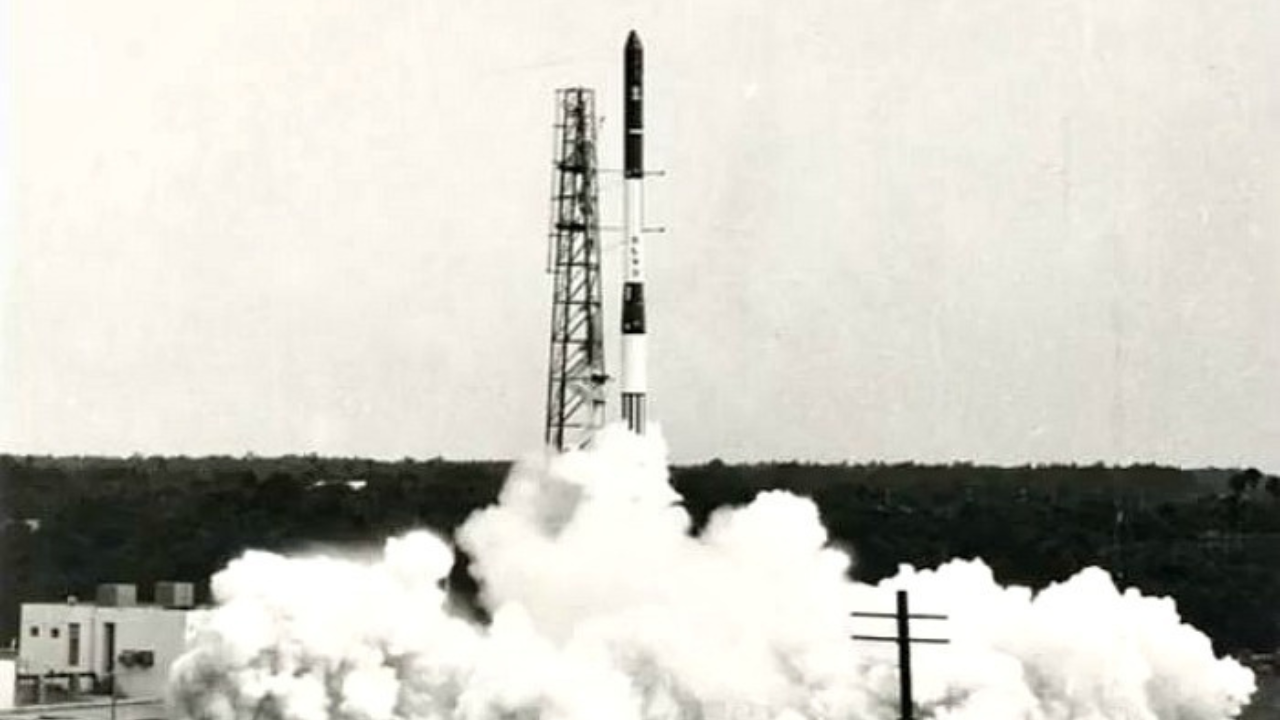
The
Lyrid meteor shower
, one of the oldest recorded astronomical events in human history, is active today and will peak overnight Monday, April 21, through Tuesday, April 22, 2025. This year's peak should produce up to 18 meteors per hour, including the occasional breathtaking "fireball"—a very bright meteor whose trail glows for a longer, more glowing period. These brief flashes of light are easiest to observe in early morning hours, especially a few minutes before sunrise, when the skies are blackest and conditions in the atmosphere are best.
Lyrid meteor shower 2025: Date and time
Even though the Lyrids are active from April 17 through April 26, their maximum is at 13:00 UTC on April 22, or 8:00 a.m. Eastern Daylight Time. According to Space.com witness for the best show during the early morning hours of April 22 being at the peak of the meteor shower, ideally between 3:00 am to 5:00 am, just before dawn
Like all astronomical views, the most enjoyable experience is in a dark location away from city lights and with an open, expansive view of the sky.
What is the Lyrid meteor shower
The Lyrids are among the most ancient, recorded meteor showers, dating back more than 2,700 years. They're caused by fragments of Comet Thatcher (C/1861 G1), which takes 415 years to orbit the Sun. As Earth travels through the comet's trail of particles, the pieces burn up in our atmosphere and produce the characteristic shooting-star appearance. Though the Lyrids are not the most opulent meteor shower of the year, they do deliver some spectacular sights. At their peak, on average, look for 10 to 20 meteors per hour. Occasionally, they catch us off guard with outbursts of as many as 100 meteors per hour, a phenomenon called an "outburst"—though not a promise.
What makes the Lyrid meteor shower unique
What sets apart the Lyrid meteor shower is its historical importance and surprising appeal. Although yearly showers are, on average, moderate in most years, the Lyrids are known for their surprising outbursts. Dr. Nick Moskovitz, astronomer at Lowell Observatory, recounts a vivid story a decade ago when meteor levels suddenly spiked at more than 100 per hour. Such a phenomenon, according to him, was completely beyond expectations and bears testimony to how unpredictable this shower is.
This diversity is a consequence of the Lyrids' uncommon origin. The parent of the Lyrids is Comet C/1861 G1 (Thatcher), a quite long-period, quite less famous comet last to have passed through the inner solar system in 1861. As per a Forbes report, it will not appear again until the year 2283. Because Thatcher is far less familiar than some of the more periodic comets, every yearly Lyrid spectacle is a show of scientific interest and popular amazement.
Science behind the Lyrid meteor shower
Meteor showers such as the Lyrids happen when Earth crosses the paths of comet debris. The particles—anything from minute dust to pebble-sized bits of rock—travel at high speed toward the planet. As they disintegrate on entry into the atmosphere, they burst into light, also known as "shooting stars."
The Lyrids are especially favoured by astronomers due to the broad size spectrum of particles within the debris trail of the comet. The particles range from as small as grains of talcum powder to as big as grapefruits, says Moskovitz. It is this diversity that creates not just standard meteors but also the more dramatic fireballs, which light up the sky with incandescent streaks that last a few seconds.
Where to catch the Lyrids meteor shower and what’s next
Although the Lyrids are most visible from the Northern Hemisphere, southern latitude observers can still see the event, particularly late evening and early morning. As always, local weather, moon, and light pollution will determine the quality of visibility. Viewers in search of optimal viewing should find dark-sky sites with open horizons and minimal artificial light contamination.
The Lyrids are not the end of sky displays. They are closely followed by the Eta Aquariid meteor shower, which reaches its peak from April 19 until May 28. The shower is likely to reach its peak on Monday morning, May 5, at a pace of 40 to 60 meteors per hour. The Eta Aquariids are generated from Halley's Comet's left-behind wreckage, providing a tremendous opportunity once again to catch a glimpse of ancient sky residents illuminating the air.
Lyrid meteor shower viewing tips
- No need for distant areas: You can view the Lyrids from anywhere, provided you are outside city lights.
- Best views in the Northern Hemisphere: Although visible from both hemispheres, the Northern Hemisphere tends to have a better view.
- Ideal locations: Select areas such as the countryside, seashore, or a low-light suburban area.
- Simple setup: A reclining chair, picnic blanket, or sleeping bag is just fine.
- Let your eyes get accustomed: Take 15 to 30 minutes in darkness (no phone!).
- Keep your eye relaxed and wide; no need for telescopes or binoculars, as they will narrow your field.
Also Read | New microcontinent found between Greenland and Canada sheds light on tectonic history

 4 days ago
68
4 days ago
68




























 English (US)
English (US)